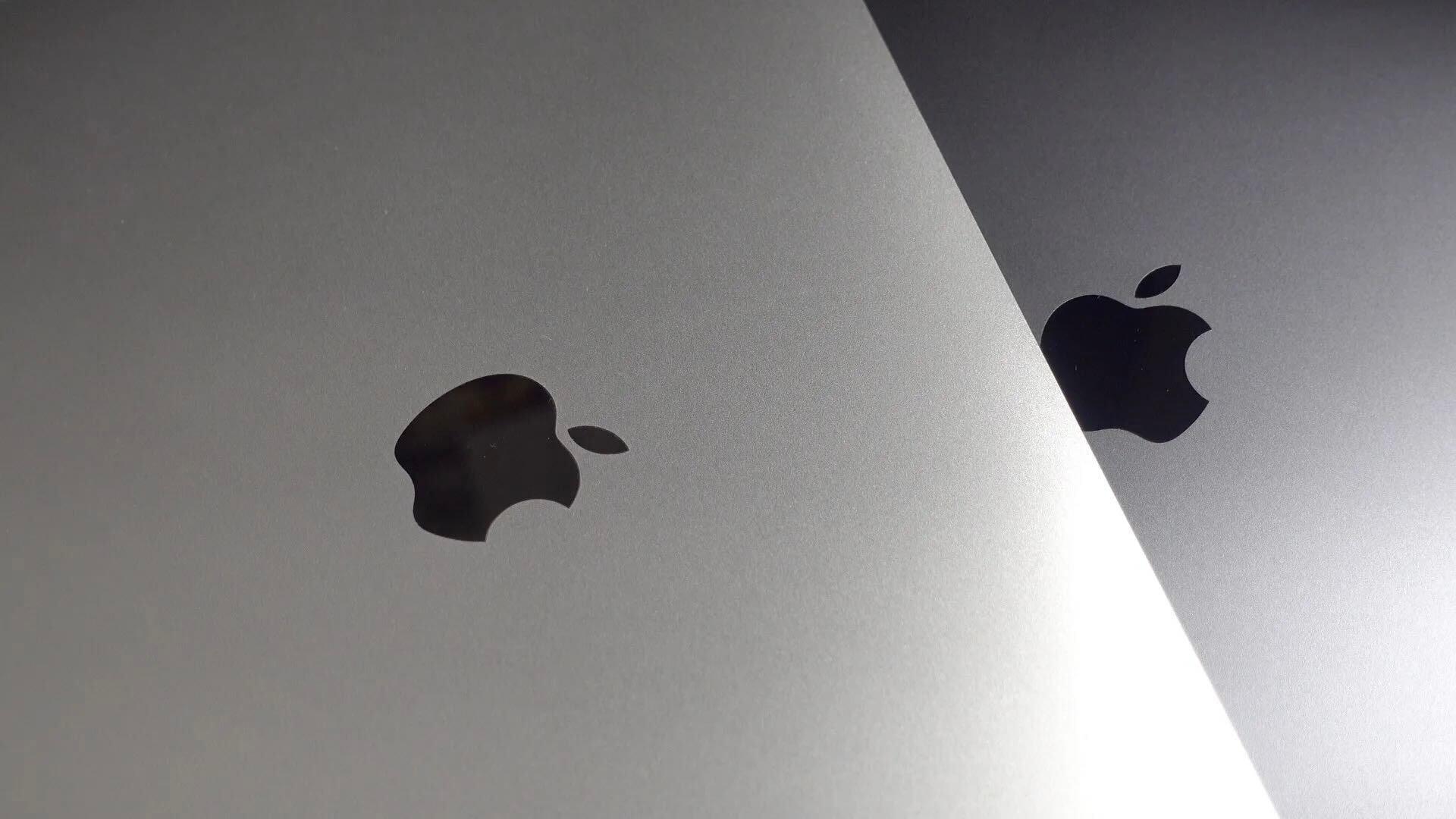Each since it was released, Apple has made noticeable strides to improve the built-in Health app. It launched on iOS 8 where we saw Apple promote HealthKit enabled apps, then with iOS 9 we saw the expansion to new health data points. iOS 10 takes Health a step further by now allowing users to store their health records directly in the app using the Health Level 7 Continuity of Care Document (HL7 CCD) standard. No longer having to track paperwork or use CDs, these health records will be tracked directly in-app with the ability to be imported from Mail, Safari, and other applications.
There’s no doubt the Health app on iOS can be considered useful to users, especially when combined with the Apple Watch, but the strength of it comes from the macro-level view. Being able to see years of relevant health data, most added without much effort from the user, is a big win. The automation provided by Health makes using it a breeze, if not quite literally automatically thanks to input points like the iPhone’s built-in pedometer. An area I always felt the application was lacking was adding in the other data. The data that can’t quite be honed into one data point, but rather reads more like a story from a medical professional.
According to HL7, the CCD “fosters interoperability of clinical data by allowing physicians to send electronic medical information to other providers without loss of meaning and enabling improvement of patient care”. In other words, your doctor could send and receive important health data about you to and from other doctors without losing an understanding on what exactly is going on with your health.
You may have received a document or two after a doctor’s appointment, and not quite known what to do with it. Do you keep it for years to come? Digitize it? The doctor is already inputting it electronically, why couldn’t they send or give you an electronic copy? This is where the Continuity of Care document comes into play.
By following a format to log information, and then making it sharable (within compliance), healthcare providers can track years of health data more simply. Apple’s iOS 10 allows users to import these documents into their device, and store them encrypted, for years to come.
- Health Records in iOS 10 – Copy to Health option in Dropbox
- Health Records in iOS 10 – Document preview before import
To test this out myself, I downloaded a sample CCD file from GitHub and uploaded it to Dropbox. (Note: never upload personal identifiable information to an unencrypted cloud provider. This sample file was only used for the purposes of this test). Once I found the XML document on Dropbox, I was given the option to copy its data to the Health app. After selecting that option, Health opens up giving me a quick highlighted overview of the document’s data. The health facility’s name and date of visit was shown in the preview cell.
Tapping on this preview cell opened up to more information from the document including the health facility’s name, the patient name, the document author’s name, and the custodian of the document (the person in charge of maintaining the document). Above this information is a small tappable thumbnail showing the document itself. Tapping on that brings the user to a formatted preview page of the document’s XML, with an option to view the raw XML data as well.
- Health Records in iOS 10 – Full preview
- Health Records in iOS 10 – Document formatted view
- Health Records in iOS 10 – Document raw view
Once a user confirms to saving the health record to the Health app, the Health Records section will populate with a list of all the health record documents. With a small summary view of the data next to each document, this view should be easy to identify separate documents as the Health Records view fills with more documents in the future.
- Health Records in iOS 10 – List of all Health Records added
- Health Records in iOS 10 – Individual record view after having been saved to Health
Apple’s move to include health records into Health seems like the next logical step to cover as many bases as they can for personal health data within the application. Thanks to the power of the Apple Watch and the iPhone’s built in step tracking, adding in health records makes even the minimal effort a user would put into Health worthwhile.
Below is a listing of changes HealthKit saw with the release of iOS 10 Beta 1:
HealthKit
The HealthKit framework (
HealthKit.framework) includes the following changes and enhancements:
- The new
HKCDADocumentclass, which represents a CDA document (that is, a document that follows the Clinical Document Architecture standard).- The new
HKWorkoutConfigurationclass, which lets you specify theactivityTypeandlocationTypefor a workout.- The new
HKWheelchairUseObjectcharacteristic object type and the relatedHKHealthStoremethodwheelchairUseWithError:.- New metadata keys that indicate weather types, such as
HKWeatherConditionClearandHKWeatherConditionCloudy, and workout types, such asHKWorkoutActivityTypeFlexibilityandHKWorkoutActivityTypeWheelchairRunPace.
See more information about the HealthKit changes in Apple’s What’s new in iOS 10 page, and be sure to check the WWDC 2016 Videos page to be kept up to date when the full video is released to all developers.
FTC: We use income earning auto affiliate links. More.





Comments